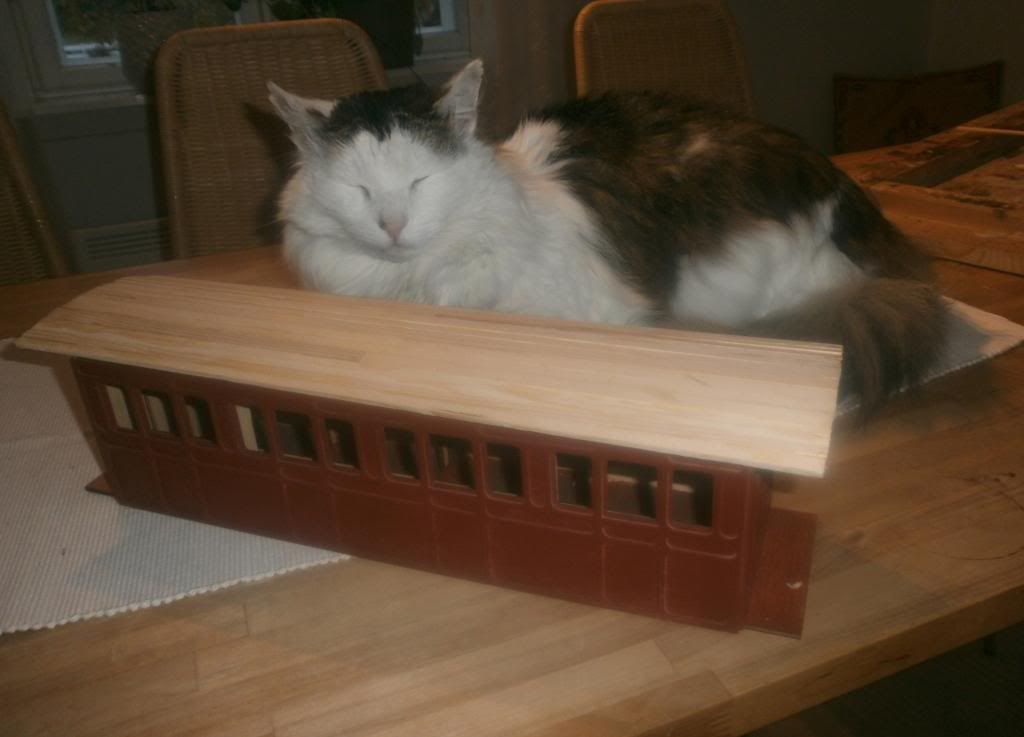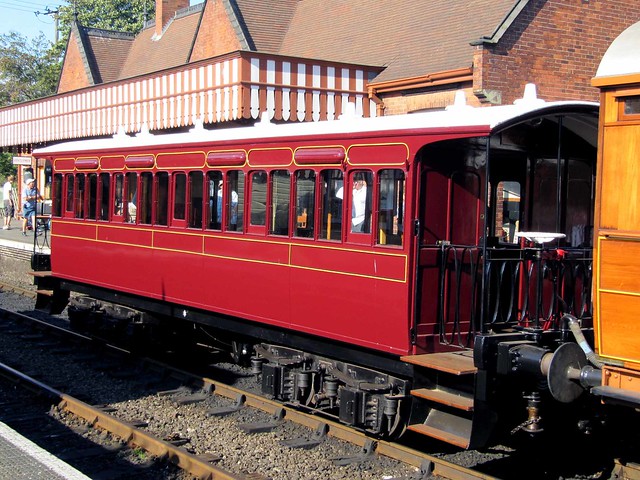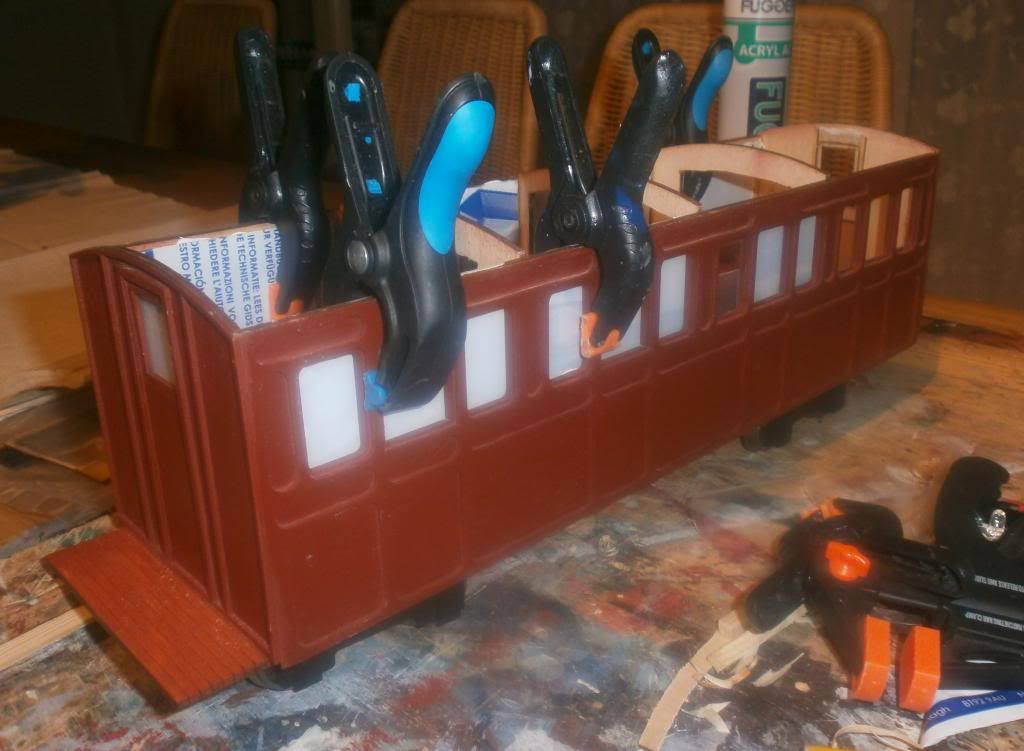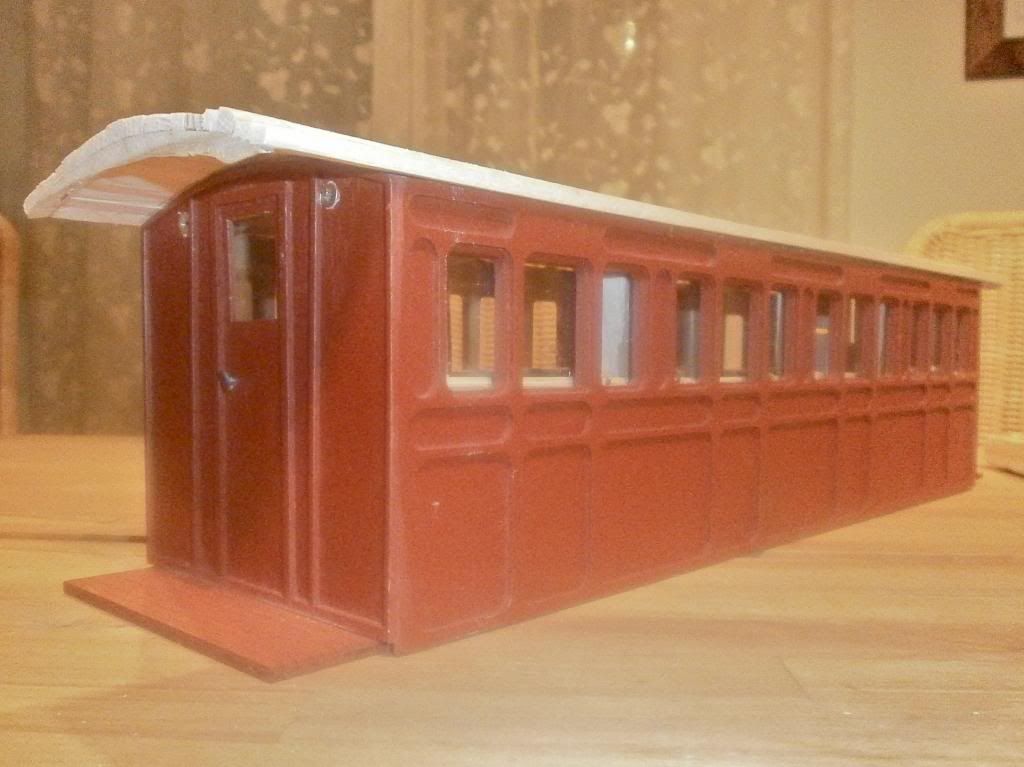Post
by IrishPeter » Wed Oct 16, 2013 12:50 am
From what bit I have seen of Norwegian practice, the standard gauge lines, back in the days of semaphore signalling, seem to have absorbed a good deal of German practice. I would assume this is because most were built quite late, after German practice became the dominant influence. IIRC, only the line from Oslo to the Swedish border was built to 1435mm gauge in the early days, and the internal lines were 1067mm gauge. However, as traffic grew, and the gaps between railways were closed, and it became a railway system then most lines were either converted to 1435mm gauge or closed, and at some point the decision was made to make all new lines to standard gauge.
I am still finding my way with Norwegian NG practice. It seems akin to UK light railway practice, but a lot of the equipment is German. I noticed that the 'Tertitten' used the typical German point indicators and levers, but the signage is obvious of local origin. Very local in some cases! I assume X on a white background for a level crossing <15 I assume means 15km/h over the diverging route, etc.. It is unfortunate that none of the remaining NG lines that I know of is of any great length, as I would have liked to have seen how they worked single line railways. I suspect 'telephone block' under the direction of a route controller and the stationmasters, rather than the British Staff and Ticket or Electric tablet.
The coach is certainly coming on very nicely.
Cheers,
Peter in AZ
Traffic Pattern? What pattern? Spuds out; grain in, but cattle, sheep and passengers are a lot less predictable.
 [/img]
[/img] [/img]
[/img] [/img]
[/img]










